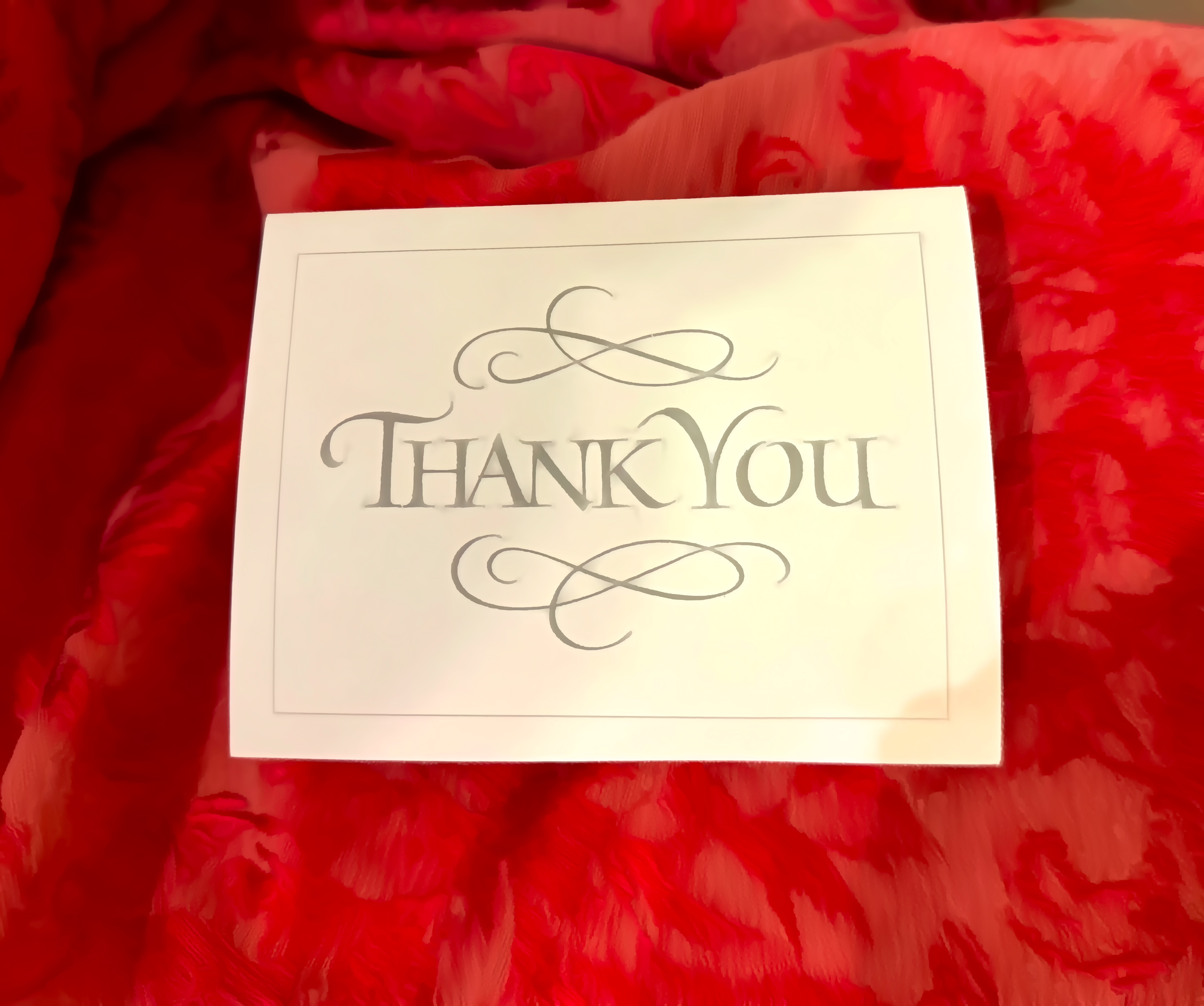
-
Steve Batts
-
March 18, 2024
-
0 Comments
Mastering the Art of Saying No
“Have you ever thought that saying ‘no’ could actually make you feel good and give you more time to do what you love? Saying ‘no’ can be like a superpower that helps you focus on the important stuff. Let’s find out how learning to say ‘no’ can be a big yes to a happier you.”
In my own personal journey of professional development and personal growth, one of the most challenging hurdles I have faced is mastering the art of saying “no.” Whether its navigating client relationships in our careers or managing expectations with friends, striking the right balance between accommodating requests and maintaining personal boundaries is crucial. This balance is particularly tricky in scenarios where clients, who may be investing significant sums, expect additional tasks to be covered within their initial project.
However, the slippery slope of always saying yes can lead to overextension, where you find yourself dedicating more time to extra requests than to your primary responsibilities. Recognizing the value of your time is essential in these situations. Trusting your gut plays a pivotal role in deciding when to engage with new customers or potential opportunities. Experience teaches us that not every engagement is beneficial, underscoring the importance of learning from experience to navigate these decisions wisely.
Moreover, maintaining open-mindedness is key; initial impressions can be misleading, and clients who seem challenging at first may turn into valuable, long-standing relationships. Effective communication of your capabilities and limitations, therefore, becomes a vital skill. Drawing from the wisdom shared in reading this book The Art of Saying No, it’s clear that declining requests doesn’t have to result in conflict. By valuing your time and communicating your reasons with empathy and clarity, you can preserve your energy for priorities that align with your goals and capabilities.
This blog post explores six insights that are pivotal for anyone looking to enhance their time management skills and improve client relationships through the strategic use of saying no:
1. Understand Your Limits: Knowing your capacity and priorities is fundamental in assessing when to take on additional tasks.
2. Value Your Time: Your time is a precious commodity. Not every request merits the diversion of your resources. Don’t forget your family, and your own personal time.
3. Trust Your Gut: Intuition is a critical guide in evaluating the potential success of new engagements. Don’t just say yes because its easier to say, measure the value of your saying yes, Are you helping others worthwhile
4. Learn from Experience: The lessons learned through direct experience are invaluable in shaping your decision-making process. In another words as the old saying goes, Do it once shame on you, do it twice shame on me.
5. Maintain Open-mindedness: While it’s important to be cautious, being open to unforeseen opportunities can lead to positive outcomes.
6. Communicate Effectively: Clear, empathetic communication of your decisions can help maintain positive relationships, even when saying no.
Mastering the art of saying no is not just about refusing requests but about prioritizing your professional growth, personal development, and well-being. Here are some of the ways saying no can be like a supper power. By setting clear boundaries and effectively managing your time, you can focus on engagements that truly align with your personal and professional goals.
Archives
Categories
- Automotive Restoration (1 posts)
- Business Efficiency (3 posts)
- Business growth (1 posts)
- Business insite (1 posts)
- Construction (2 posts)
- Construction Project Management Software (9 posts)
- Customer Service Excellence (2 posts)
- Entrepreneurship (2 posts)
- Landscaping (1 posts)
- Leadership (1 posts)
- Learning new skills (4 posts)
- Mentoring (2 posts)
- Personal Development (3 posts)
- Professional Growth (2 posts)
- Project Management (1 posts)
- Resilience (1 posts)
- Resilience and Problem-Solving (1 posts)
- Time Management (2 posts)
- Uncategorized (12 posts)
Recent Posts
Resilience in Business: Lessons from Sticky Situations
August 15, 2024
AI: Our New Friend in Work and Business?
April 2, 2024
Mastering the Art of Saying No
March 18, 2024
The Art of Building Lasting Client Relationships in Business
March 11, 2024




Leave a Comment
Your email address will not be published. Required fields are marked *